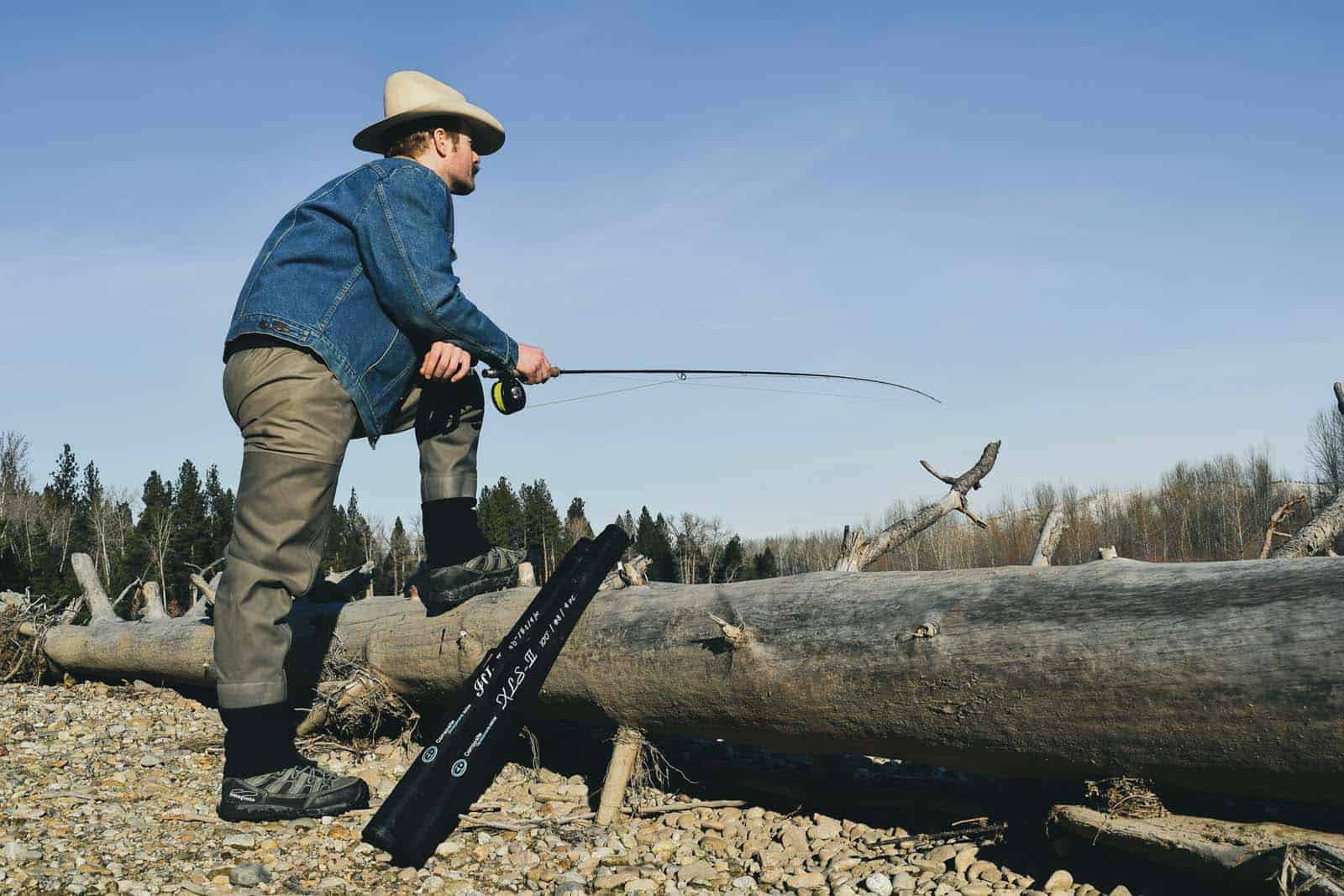DIY Sharks on the Fly
In dire need of salt and sun
Montana anglers go unguided in the off season and finds sharks in the shallows
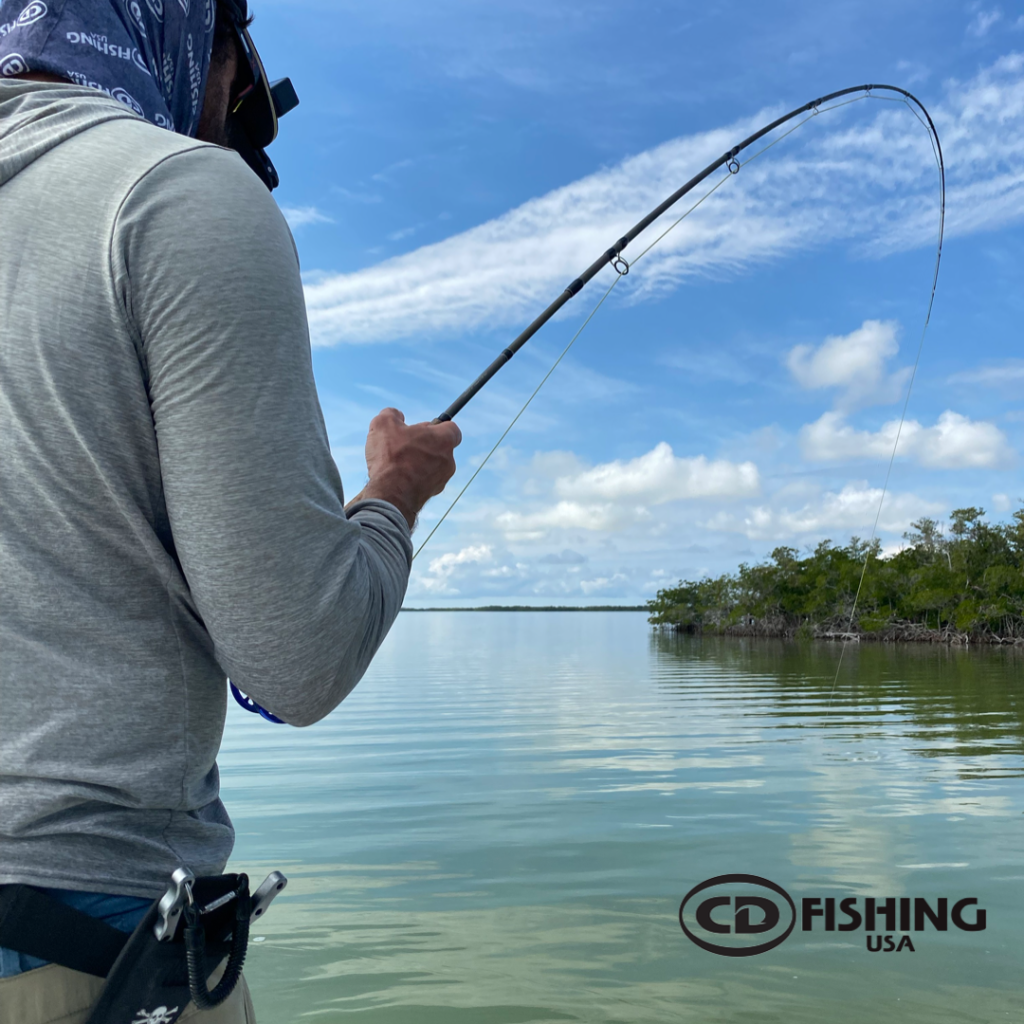
“January is the best time to fish the Keys,” said nobody. With that in mind, I couldn’t refuse an invite for a DIY saltwater trip and commenced the usual preparations. I tied too many flies, bought new fly lines, retooled my reels, and tuned up my casting in the backyard snowfield. This adventure had all the makings of a proper mystery tour. A friend-of-a-friend from Butte keeps a van stashed adjacent a Florida airport and a boat secured in a marina. In the familiar role of a third wheel I didn’t ask any questions. The night before our departure was my first correspondence with the van/boat owner. “We’ll try to find some snook, and there’s always plenty of sharks around.” Fair enough-my primary target was a modicum of vitamin D and anything else was gravy.
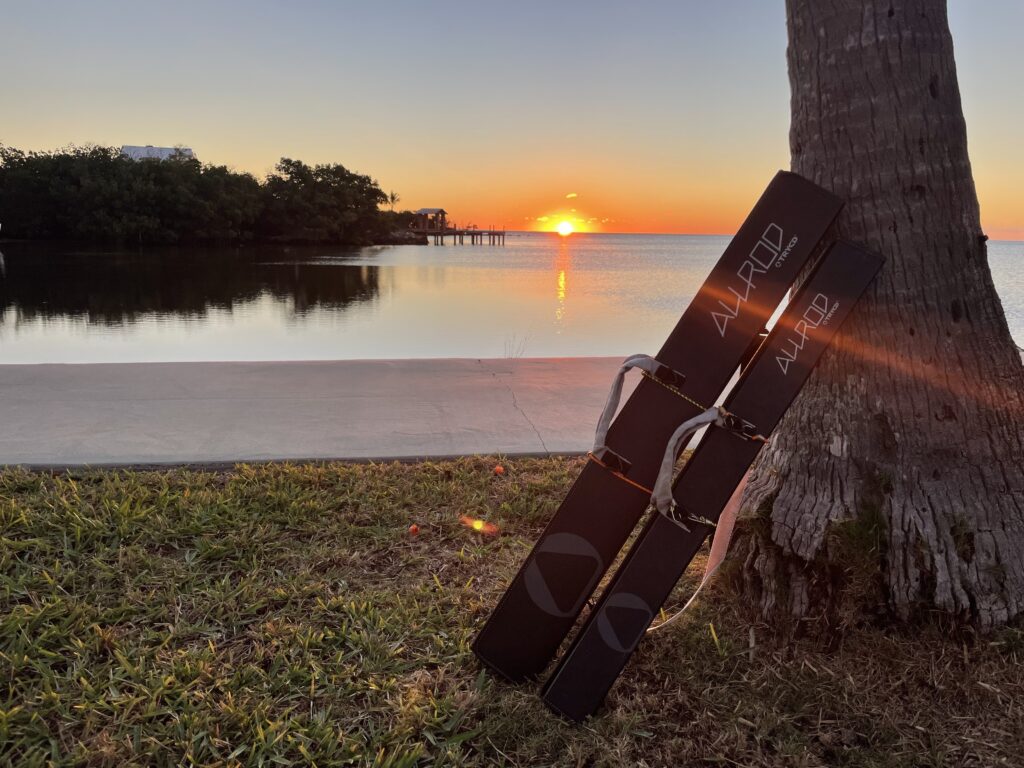
Sightseeing Prior to Shoving Off
Steeped in saltwater fly fishing history, Islamorada is the jumping-off point for boundless inshore and offshore possibilities. With a phone call to the marina the 21’ Yamaha jet would be waiting for us. First, we did the tourist thing, stopping by the local Bass Pro to see Hemingway’s Pilar. Florida Keys Outfitters is a legendary fly shop and we nabbed a few local patterns. A 50-degree morning felt like a solar flare to us but the gal behind the counter remarked to her friend “I’m not putting the dogs out in this.”
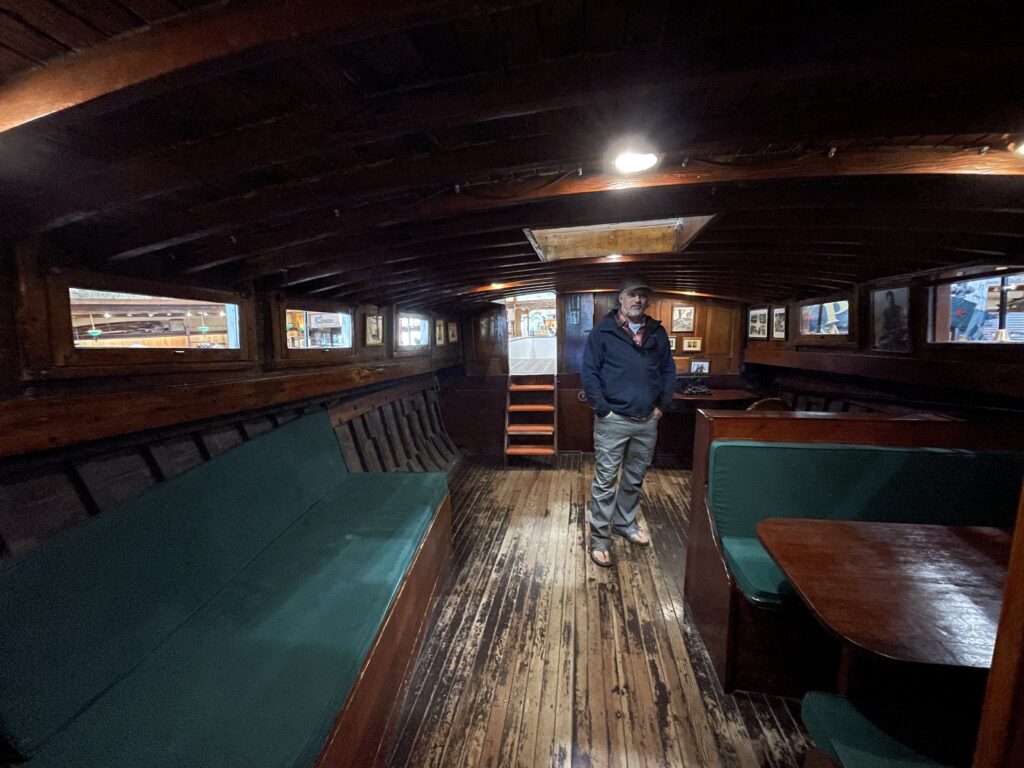
Shark Error and Trial
We rolled up to the first mangrove-lined flat and peered into the root wads. With the high sun overhead, the flat began to teem with life-rays, juvenile barracuda, needlefish, and sharks. While my cohorts scanned for snook I rigged my 10WT with a 30lb. bite tippet and aimed for the next shark I saw https://cd-fishing.us/flyfishing/taimer-salt-rod/. My fly caught the attention of a “bonnethead” or “bonnet” shark. I sped up the retrieve to induce a strike, a tactic that generally works for barracuda. The shark turned away. So, I aimed my next cast on the nose of a cruising shark. This served to startle the fish. Perplexed, “Captain JJ” offered a tidbit. “I don’t think they see very well but you can’t cast right at them either.” This information inspired a modified approach. DIY fishing is a process. Trust the process.
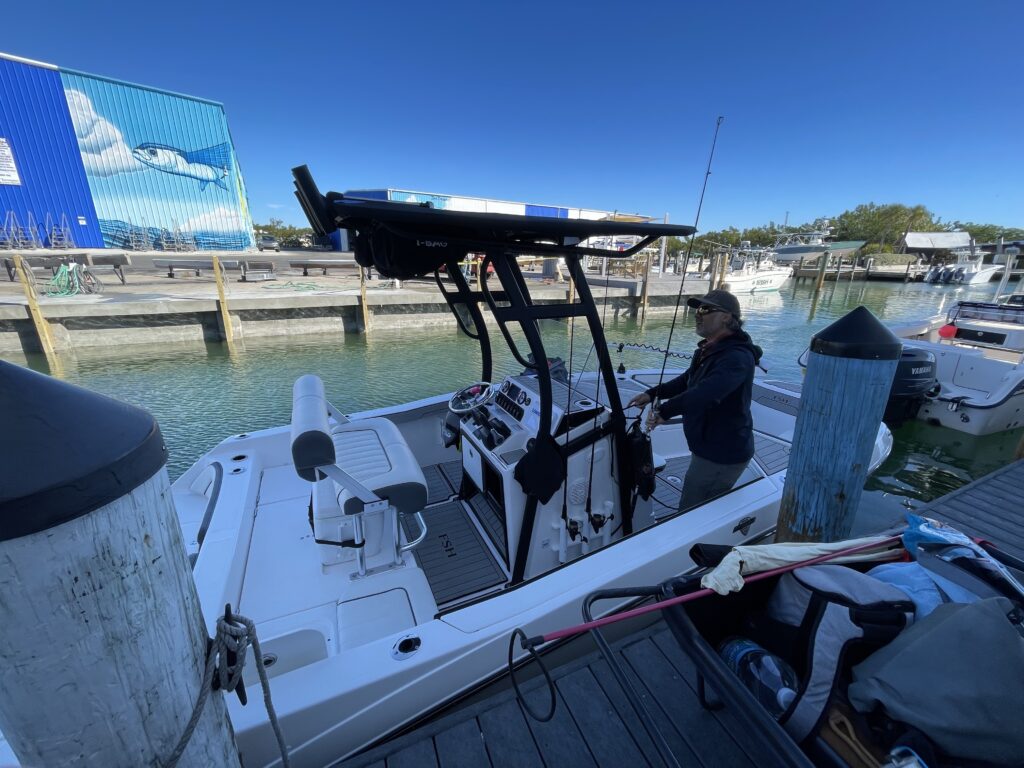
Cracking the Code
A bonnethead cruised 40 feet from the boat. I led the fish by a good margin and allowed the fly to settle to the bottom of the sand flat. Once the shark was within a few feet of the fly, I stripped and the fish immediately turned and pounced on the fly like a cat on a yarn ball. With a strip set I could see that the fly found solid purchase, on the underside of the “bonnet”. The shark made a strong run and put a deep bend in the 10 WT. Applying side pressure, I kept the fish of- balance. I pulled the fish boatside and my friend grabbed the leader, carefully subduing and releasing our first shark of the trip.
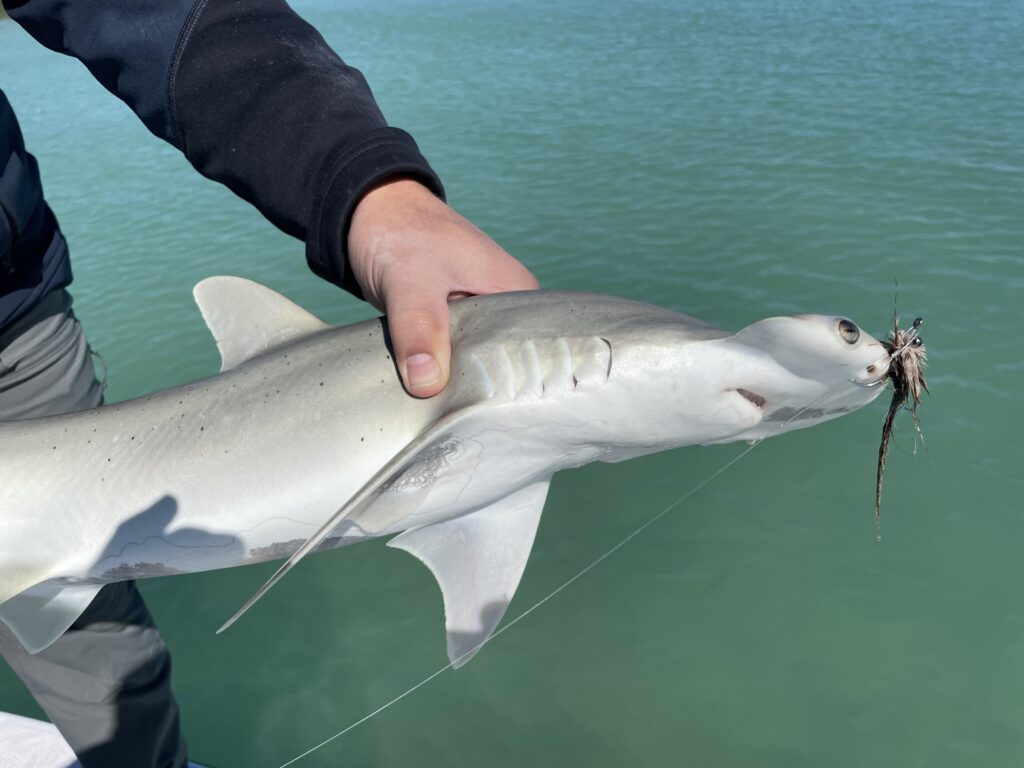
And then there were two…
That evening our trip took a solemn turn. Family matters intervened and our buddy, being the responsible father and husband that he is, booked an early flight, packed his bag and Ubered out. His sudden departure was a reminder of the inherent risks of fishing travel in the Covid-era. Travel, fishing or otherwise, is a bigger gamble than ever and this reality was the impetus for our DIY approach. Untethered by guides and deposits, we had more flexibility to navigate unforeseen circumstances. Regardless, I sure felt for my friend, forced to depart day one, and for the poor captain-his crew had just been downgraded. The two of us would get to know one another over the course of the next several days. Teamwork and problem solving are inherent in a DIY adventure-what an environment to kick off a friendship!
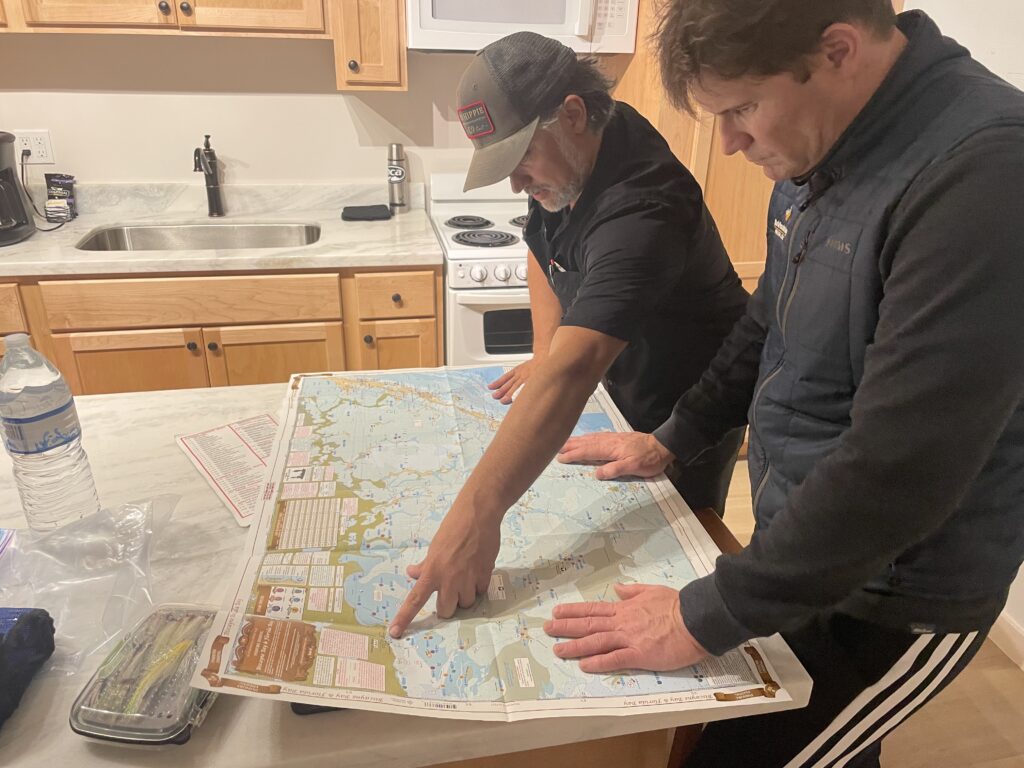
Shark Fishing with a Side of Snook
Following a dice roll in the bluewater, sans sailfish or wahoo, we rode another fine weather window into the mangroves. Visibility remained good and a slight breeze added a little chop to the surface-the ideal conditions for flats fishing. I was blind casting when a school of snook entered from stage left. My fly happened to be in the right place and one of them picked it up. Fear of being reel-wrapped, I cleared the line as quickly as I could and managed to get the fish on the reel. I drew a breath and momentarily, felt like I had things under control. The fish thought otherwise, performed a pirouette and spat the fly. I sat down to digest the emotional soup of the encounter. The snook encounter was a fortuitous gift. Pure happenstance, blind luck, flukes…all are welcome aboard on a DIY walkabout.
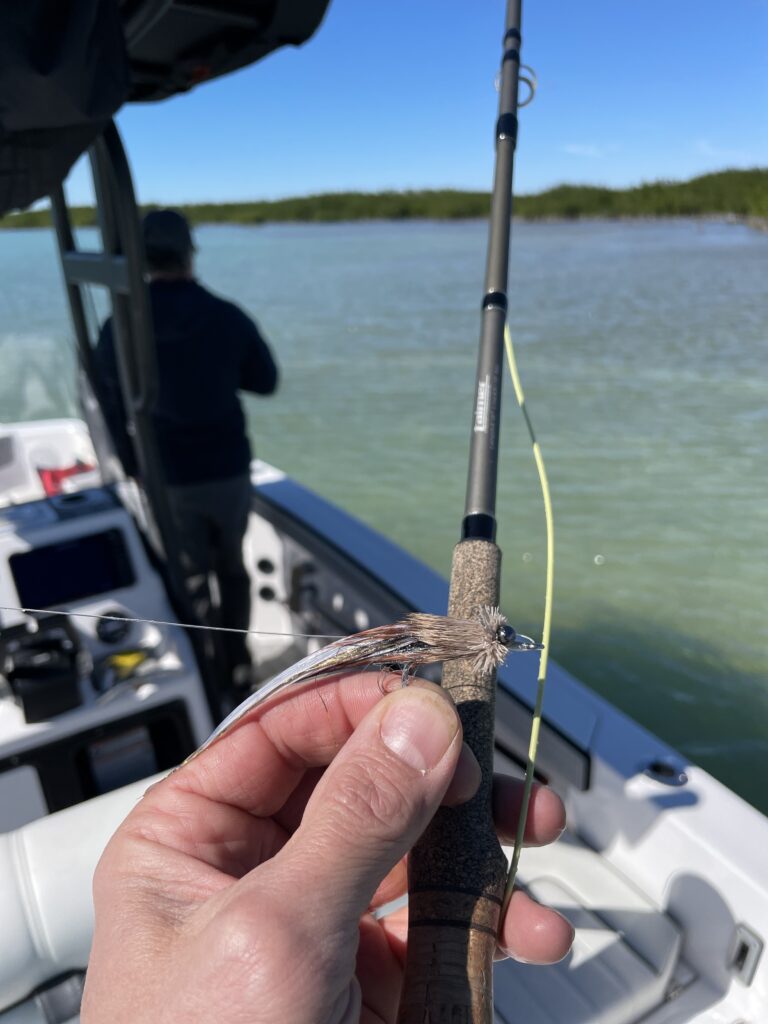
Shark on the Fly Tips and Tactics
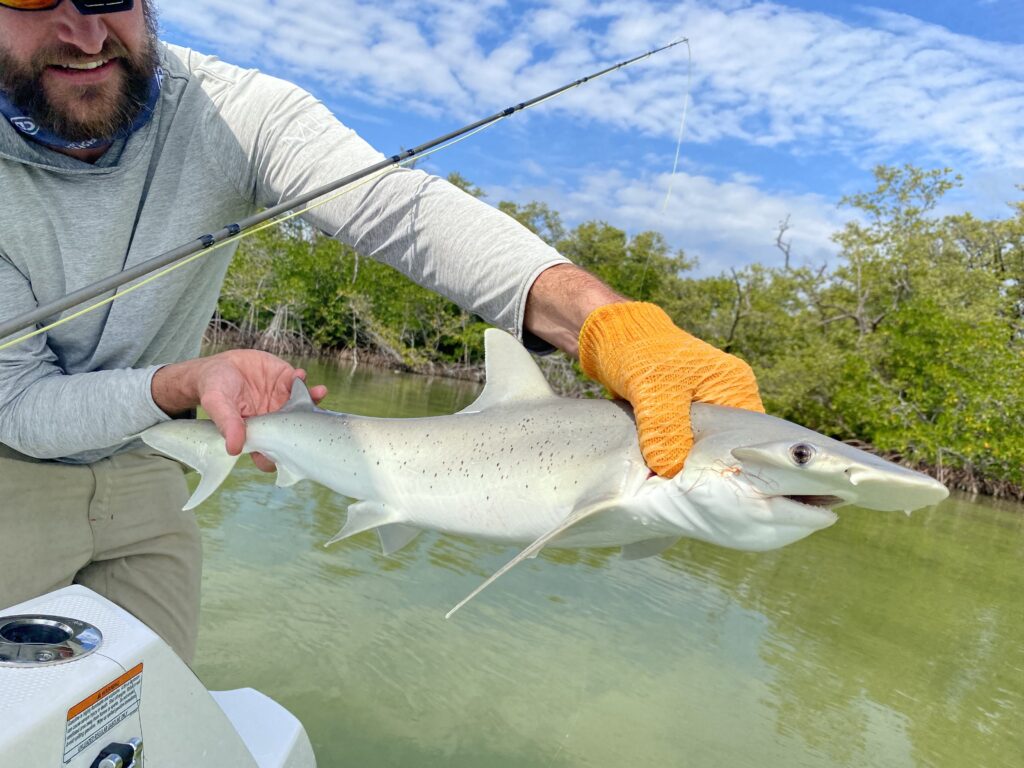
Unless you’re planning on targeting big sharks like the bull, hammerhead, or dusky a 10WT fly rod is adequate. A floating line rigged with a 4-foot piece of 40lb mono, rigged loop-to-loop to an 18-inch piece of 30 lb. wire will suffice. This is the same leader we use for use for pike back home, modified for more dangerous game. https://www.youtube.com/watch?v=YcStyor87HI
Sharks will eat a variety of baitfish imitations and the fly should be easy to cast and durable to withstand toothy maws. The pursuit of sharks contains the sight-fishing component of the more glamorous flats species with more frequent rewards. For novice saltwater anglers going unguided, sharks are the “cutthroat of the seas”, relatively easy to locate and feed a fly. They are available year-round, making ideal quarry for last second, open-ended DIY rambles, which is the new normal. https://www.youtube.com/watch?v=0lXQD27MiBw


